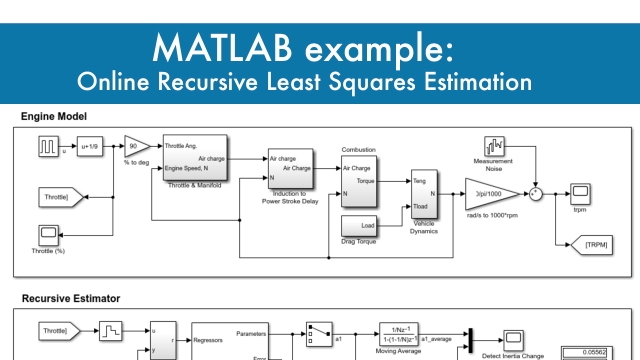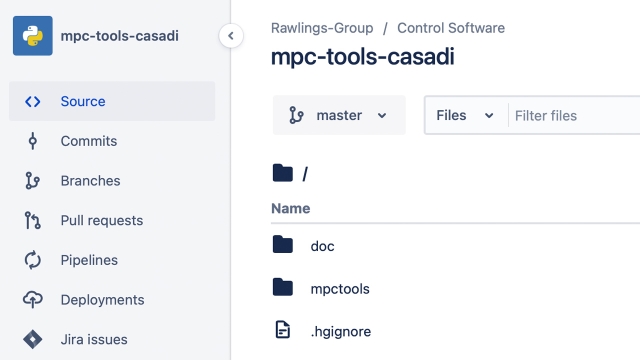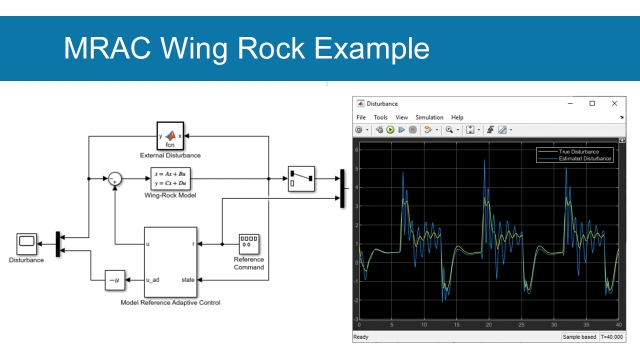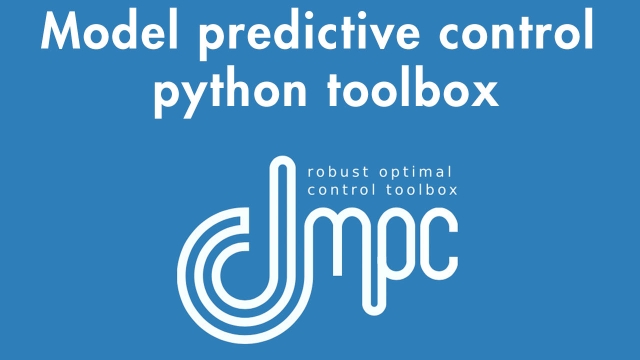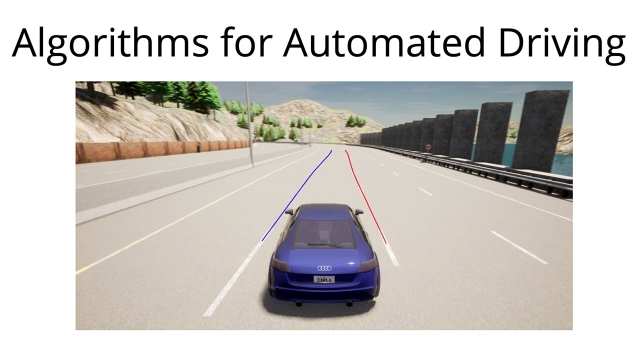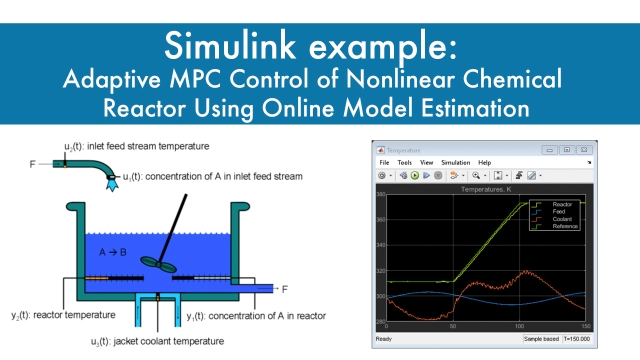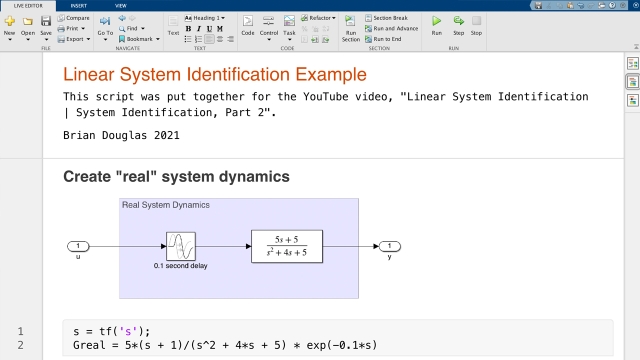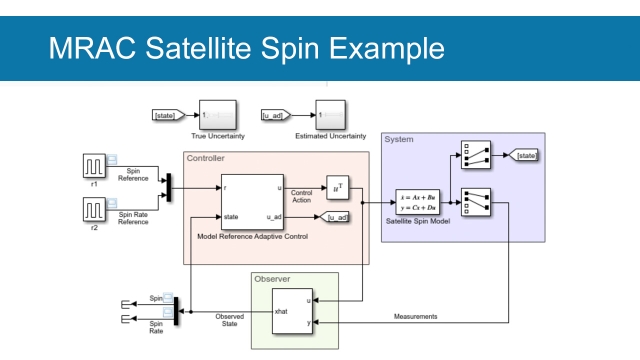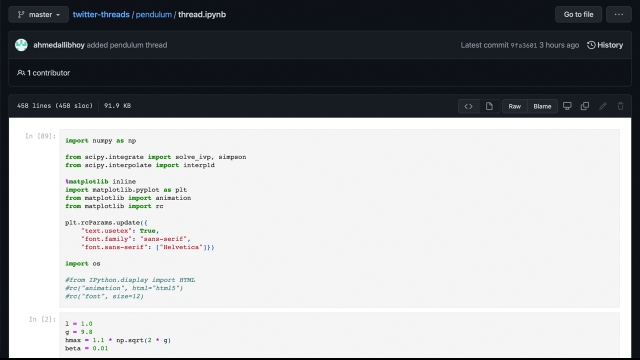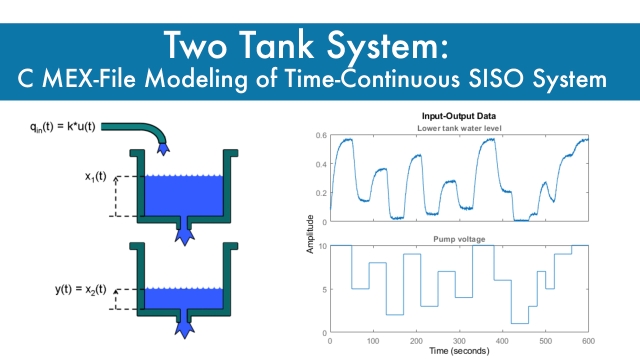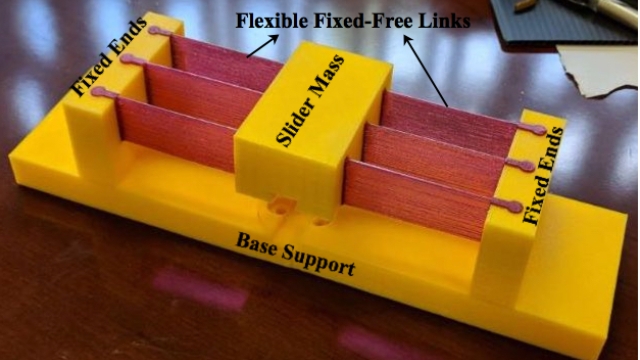
TinyEKF: Lightweight C/C++ Extended Kalman Filter with Python for prototypin...
TinyEKF is a simple C/C++ implementation of the Extended Kalman Filter that is general enough to use on different projects. In order to make it practical for running on Arduino, STM32, and...
See MoreMATLAB Function: ztrans
ztrans(f) finds the Z-Transform of f. By default, the independent variable is n and the transformation variable is z. If f does not contain n, ztrans uses symvar.
See MoreMATLAB Example: Online Recursive Least Squares Estimation
This example shows how to implement an online recursive least squares estimator. You estimate a nonlinear model of an internal combustion engine and use recursive least squares to detect...
See MoreMPCTools: Nonlinear Model Predictive Control Tools for CasADi (Python Interf...
This Python package is a collection of model predictive control tools that build on CasADi by providing a simpler interface. Along with the python package, there are a bunch of example files...
See MoreModel Reference Adaptive Control of Aircraft Undergoing Wing Rock
This example shows how to control roll and roll rate of a delta wing aircraft undergoing wing rock. For this example, the system model is unknown. Therefore, you use model reference adaptive...
See MoreModel predictive control python toolbox
do-mpc is a comprehensive open-source toolbox for robust model predictive control (MPC) and moving horizon estimation (MHE). do-mpc enables the efficient formulation and solution of control...
See MoreAlgorithms for Automated Driving
Each chapter of this (mini-)book guides you in programming one important software component for automated driving. Currently, this book contains two chapters: Lane Detection, and Control...
See MoreMATLAB Example: Fault Detection Using an Extended Kalman Filter
This example shows how to use an extended Kalman filter for fault detection. The example uses an extended Kalman filter for online estimation of the friction of a simple DC motor...
See MoreMATLAB scripts for "Nonlinear System Identification | System Identification,...
This Github repo contains the data files and MATLAB scripts that were used in "Nonlinear System Identification | System Identification, Part 3".
See MoreSimulink example: Adaptive MPC Control of Nonlinear Chemical Reactor Using O...
This example shows how to use an Adaptive MPC controller to control a nonlinear continuous stirred tank reactor (CSTR) as it transitions from low conversion rate to high conversion rate.
A...
See MoreMATLAB Scripts for video "Linear System Identification | System Identificati...
This Github repo contains the data files and MATLAB scripts that were used in the MATLAB Tech Talk video "Linear System Identification | System Identification, Part 2"
See MoreModel Reference Adaptive Control of Satellite Spin
This example shows how to control satellite spin using model reference adaptive control (MRAC) to make the unknown controlled system match an ideal reference model. The satellite system is...
See MoreJupyter Notebook: Code used to generate vibrational control of inverted pend...
Jupyter Notebook: Code used to generate vibrational control of inverted pendulum figures
See MoreTwo Tank System: C MEX-File Modeling of Time-Continuous SISO System
This MATLAB example shows how to perform IDNLGREY modeling based on C MEX model files. It uses a simple system where nonlinear state space modeling really pays off.
See MoreData based modeling of nonlinear dynamic systems using System Identification...
Using an engine throttle valve modeling example, this demo shares some perspectives on creation of nonlinear models of dynamic systems from the measurements of its input and outputs. It...
See MorePython Control Systems Library
The python-control package is a set of python classes and functions that implement common operations for the analysis and design of feedback control systems. The initial goal is to implement...
See More3D Printed Laboratory Equipment to Study Fundamentals of Vibrations: Complia...
This low-cost, portable, and 3D-Printed Laboratory Equipment (3D-PLE) can be utilized to achieve the following learning outcomes:
- Derive the equation of motion of a translational...



